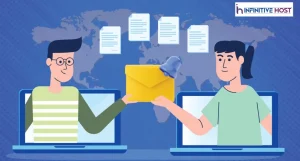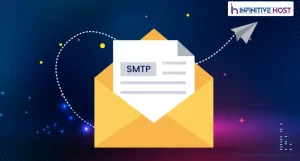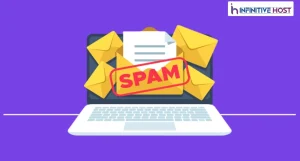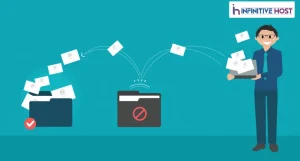As an email marketer, you’ve probably experienced being placed on a “blacklist,” where your domain or IP address is blocked. You should review your address-gathering techniques and sun setting policy if you find yourself on a blacklist, and then submit a request for deletion using the appropriate email blacklist removal form (if one is available).
Depending on the severity of the infraction, email delivery may suffer from an IP or domain being added to a blacklist. Most email marketers are focused on ensuring their messages get delivered, so it’s crucial to know how blacklists work and what you can do as a sender to lower your chance of being banned.
A guide to checking email blacklist status
There are many RBL’s, however the following are useful places to start looking for your IPs and domains:
* The Barracuda Reputation Block List (BRBL) is an open-source DNS blacklist (DNSBL) of known spam-sending IP addresses.
* To combat spam, use Invaluement, an anti-spam system developed by DNSBL prevents particularly evasive forms of spam, such as unsolicited mass email from an unknown sender, that might otherwise go undetected.
* If your domain or IP address is banned, MXToolBox will let you know, and it can even verify your DNS settings for you.
* MultiRBL is a free service that provides DNS blacklists that may be cross-referenced by IP address, IP address range, or domain name.
* Spamcop’s IP addresses that have been flagged as spam by other users are catalogued in the Spam Cop Blocking List (SCBL).
* In order to locate and monitor spam originators and to safeguard against spam, the Spamhaus Project keeps a variety of DNSBLs up-to-date.
* Contrary to popular belief, SURBLs are not directories of spammers. Lists of URLs that have been referenced in spam are known as SURBLs.
Avoiding being included on spam filters’ blacklists
Email deliver ability may be improved by keeping an eye on senders’ online reputations. Keeping an eye on your complaint rates will help you head off delivery issues before they arise. Every time you send out a campaign, have a look at the data to see if there were any drops in delivery or interaction.
To avoid getting into spam traps, you should be cautious about how you add new email addresses to your mailing list.
To avoid them, you may do the following:
* Send a confirmation email to every new subscriber’s inbox before adding their information to your mailing lists.
Pros:
Your mailing list will be populated only with active, working email addresses.
Prevents fresh trap addresses, recycled traps, and misspelling traps from being added to your list.
improves engagement (because you’re emailing people who specifically wanted to be added to your list!).
Lessens the number of spam complaints and unsubscribes.
raises your return on investment each message sent.
Cons:
There might be a drop in those willing to receive promotional emails.
There is more “friction” in the registration procedure.
With engagement-based sunsetting, subscribers are unsubscribed after a certain amount of time has passed without a single interaction with one of your emails. This duration shifts based on variables like your business and how often you send.
* The benefits include a smaller inbox size and the elimination of “dead weight” in your email list.
Limits delivery to recently active contacts, so enhancing sender reputation.
maximizes your return on investment every message delivered.
Lessens the number of spam complaints and unsubscribes.
The risk of falling victim to repurposed spam or typo traps is drastically diminished.
Helps maintain a positive image for the company by decreasing the amount of unwanted email communications.
Cons:
The technological demands of identifying the involved parties are high.
The size of the list has been reduced.
Leaving money on the table is a distinct possibility. (What proportion of inactive email subscribers makes a purchase in the long run?)
* True-Time Address Verification: Email addresses should be validated for accuracy and common typos at the time of register.
For one thing, there will be less of the most frequent spelling mistakes on the internet.
Less unadulterated spam is falling into your traps now.
Pros:
Reduces the number of invalid email addresses.
There is far less “friction” involved with this method than with a verified opt-in.
In general, this type of function is well received by new signups. (“Wow, they saw my typo!”)
Cons:
Fees associated with obtaining necessary licenses when employing an outside provider.
Specifications for developing one’s own verification logic, from an engineering and technical perspective.
Takeaways
Each company model has a unique optimal strategy for lowering the probability of being included on a blacklist. In reality, blacklists aren’t around just to annoy those who send emails. They’ve been placed on earth to assist in the reduction of spam and the preservation of pleased receivers.
It’s important to keep in mind that the goal of email blacklists is to stop emails from being sent to addresses that have not recently given their express, opt-in authorisation to receive such messages. What this means is that there is no silver bullet for preventing black listings. But it also means that if you are making every effort to provide email that people actually desire, you will have a far simpler time getting delisted.








